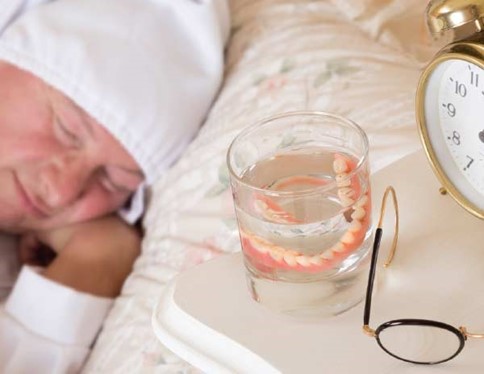A nurse is wearing sterile gloves in preparation for assisting with a client’s sterile procedure.
While waiting for the procedure to begin, how should the nurse position her hands?
Interlock her fingers and hold her hands away from her body above her waist.
Clasp her hands together in a relaxed position behind her body at her waist.
Place one hand over the other against the part of the gown covering her upper body.
Keep her arms at the sides of her body with her hands in a relaxed position.
The Correct Answer is A
The correct answer is choice A. Interlock her fingers and hold her hands away from her body above her waist.
This is because this position minimizes the risk of contaminating the sterile gloves by touching any non-sterile surfaces or objects.
The nurse should also keep her hands above her waistline to prevent contamination
Choice B is wrong because clasping the hands together behind the body at the waist could contaminate the gloves by touching the non-sterile gown or the skin
Choice C is wrong because placing one hand over the other against the part of the gown covering the upper body could contaminate the gloves by touching the non-sterile gown or the skin
Choice D is wrong because keeping the arms at the sides of the body with the hands in a relaxed position could contaminate the gloves by touching any nonsterile surfaces or objects
Sterile gloves are a type of disposable rubber gloves that are put through specific procedures to eliminate germs and microorganisms.
They are used to prevent and minimize infection during surgeries or invasive procedures
Nursing Test Bank
Naxlex Comprehensive Predictor Exams
Related Questions
Correct Answer is C
Explanation
- When coordinating the care of a group of clients with assistive personnel (AP), it's important to delegate tasks appropriately based on the AP's scope of practice and training. Here are the tasks that can be assigned to the AP:
Measure the intake and output of a client who has received furosemide: This task involves recording fluid intake and output, which is typically within the scope of practice for an AP, as long as they have been trained in the proper procedure and documentation.
Check a client’s peripheral IV site for redness or swelling: This task involves basic assessment and can be assigned to an AP, as long as they are familiar with the signs of potential complications related to IV sites and have been trained in the facility's protocol for reporting any issues.
Reinforcing teaching with a client about crutch-gait walking: Education and reinforcement of information provided by healthcare professionals can often be delegated to APs, especially if they have received training on the specific topic. However, it's important to ensure that the AP is knowledgeable about crutch-gait walking and the information they are reinforcing.
The task related to assessing pain (e.g., assessing the pain level of a client who has received acetaminophen) should generally be performed by a licensed healthcare provider, such as a nurse. Assessment of pain requires a deeper understanding of the client's pain experience and may involve making clinical decisions related to pain management.
Correct Answer is D
Explanation
It can also increase the risk of denture stomatitis and pneumonia.
Dentures should be removed overnight and soaked in a denture-cleansing solution.
Choice A is wrong because rinsing dentures after meals can help remove food debris and prevent plaque buildup.
Choice B is wrong because soaking dentures in water after removal can prevent them from drying out and losing their shape.

However, water alone is not enough to disinfect dentures, so a denturecleansing solution should also be used.
Choice C is wrong because applying an adhesive to seal dentures in place can improve the fit and comfort of dentures.
However, adhesive should not be used as a substitute for poorly fitting dentures, and any excess adhesive should be removed by brushing.
Whether you are a student looking to ace your exams or a practicing nurse seeking to enhance your expertise , our nursing education contents will empower you with the confidence and competence to make a difference in the lives of patients and become a respected leader in the healthcare field.
Visit Naxlex, invest in your future and unlock endless possibilities with our unparalleled nursing education contents today
Report Wrong Answer on the Current Question
Do you disagree with the answer? If yes, what is your expected answer? Explain.
Kindly be descriptive with the issue you are facing.
